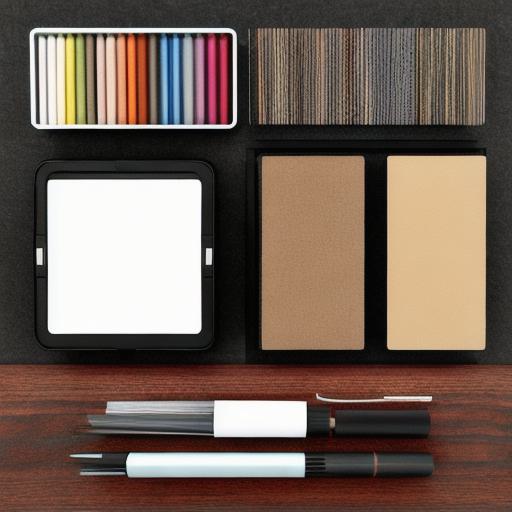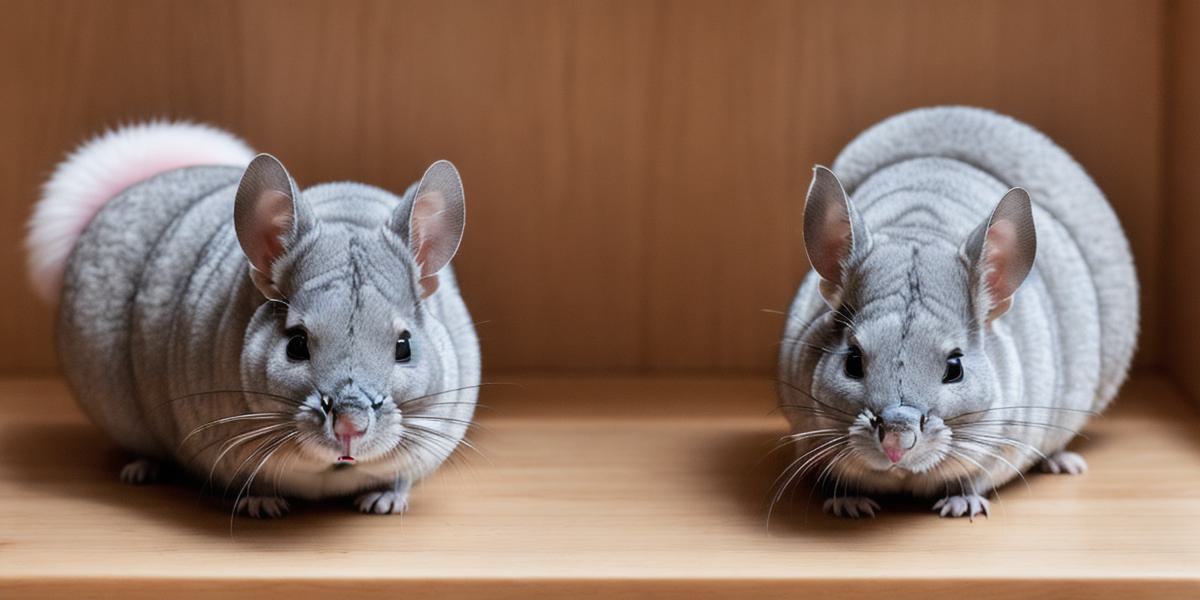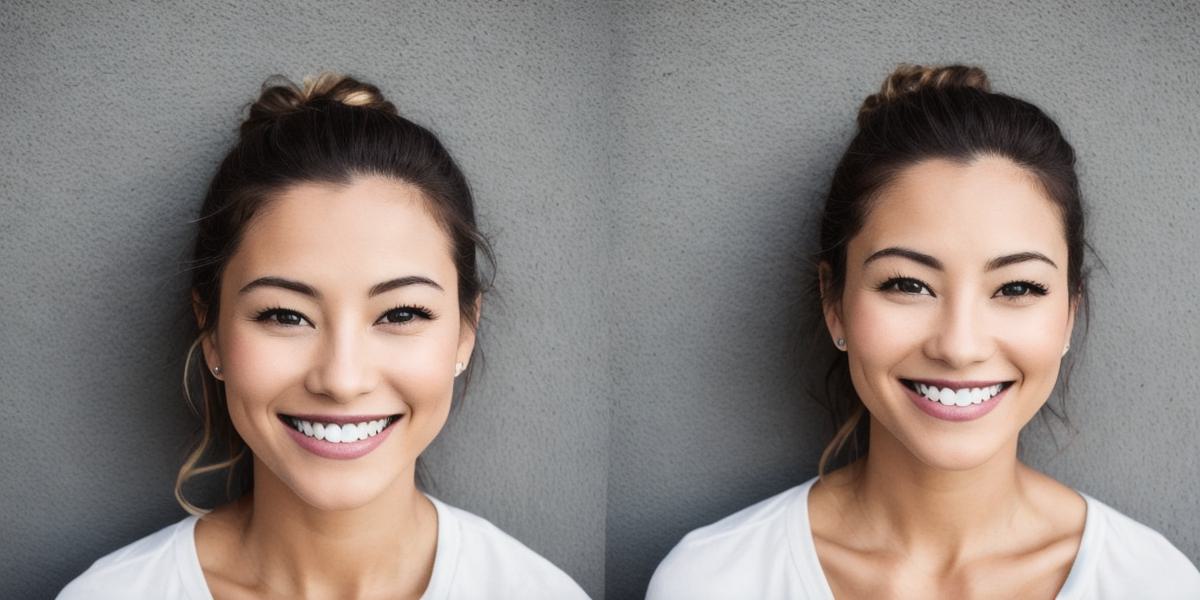As a chinchilla owner, you know how important it is to keep your furry friend healthy and happy. One of the most crucial aspects of chinchilla care is maintaining a clean and hygienic enclosure. In this article, we will guide you through the process of safely cleaning your chinchilla’s enclosure, including tips on how to disinfect and sanitize the area.
Step 1: Gather Your Supplies
Before you begin cleaning your chinchilla’s enclosure, it’s important to gather all the necessary supplies. You will need a large bin or container to collect and dispose of waste materials, gloves to protect your hands, a scrub brush or sponge, and a mild disinfectant solution.
It’s also a good idea to wear old clothing that you don’t mind getting dirty, as chinchilla bedding and food can be quite messy. You may want to cover your work area with newspaper or plastic sheeting to make cleanup easier.
Step 2: Remove Your Chinchilla from the Enclosure
Before you start cleaning your chinchilla’s enclosure, it’s important to remove your furry friend from the area. This will allow you to clean and disinfect the enclosure thoroughly without exposing your chinchilla to harmful bacteria or chemicals.
If possible, have a second person hold your chinchilla while you clean the enclosure. Alternatively, you can use a pet carrier or a large box to transport your chinchilla to a safe location during the cleaning process.
Step 3: Collect and Dispose of Waste Materials
The first step in cleaning your chinchilla’s enclosure is to collect and dispose of any waste materials, such as food pellets, droppings, and bedding. You should also remove any toys or other items that may have been contaminated with waste.

It’s important to dispose of these materials properly to prevent the spread of bacteria and other harmful microorganisms. If possible, use a separate bin or container for collecting waste, and make sure to clean and sanitize it thoroughly before using it again.
Step 4: Scrub the Enclosure
Once you’ve collected and disposed of all the waste materials, it’s time to start scrubbing the enclosure. Use a mild disinfectant solution and a scrub brush or sponge to clean every surface of the enclosure, including the floor, walls, and ceilings.
Make sure to pay special attention to any areas that may be particularly dirty, such as around food dishes or water bowls. You may also want to use a separate brush for cleaning the bedding area, as chinchillas tend to shed a lot of fur.
Step 5: Disinfect the Enclosure
After you’ve scrubbed the enclosure, it’s important to disinfect it thoroughly to kill any remaining bacteria or viruses. You can use a commercial disinfectant solution or make your own using a mixture of water and bleach or vinegar.
It’s important to follow the manufacturer’s instructions carefully when using a commercial disinfectant, as some products may require a longer dwell time or may need to be diluted with water. You should also wear gloves and eye protection when using disinfectants, as they can be quite strong.
Step 6: Clean Bedding and Toys
In addition to cleaning the enclosure itself, it’s important to clean any bedding or toys that may have been contaminated with waste materials. You can wash bedding in hot water and detergent, or use a disinfectant solution on toys made of soft materials.



